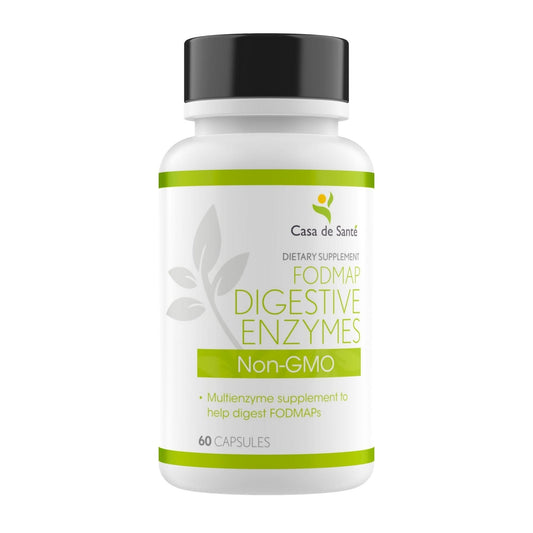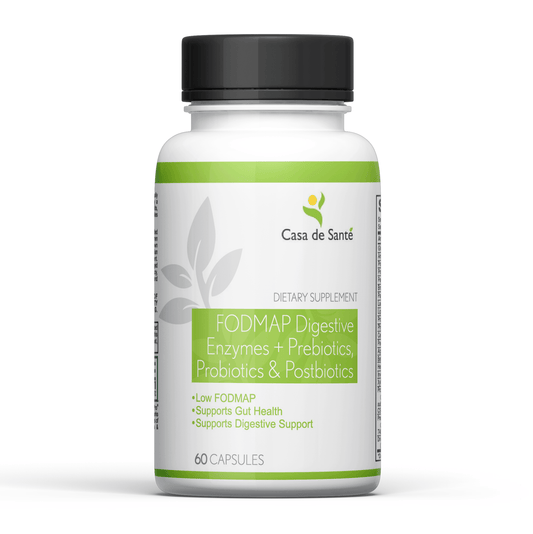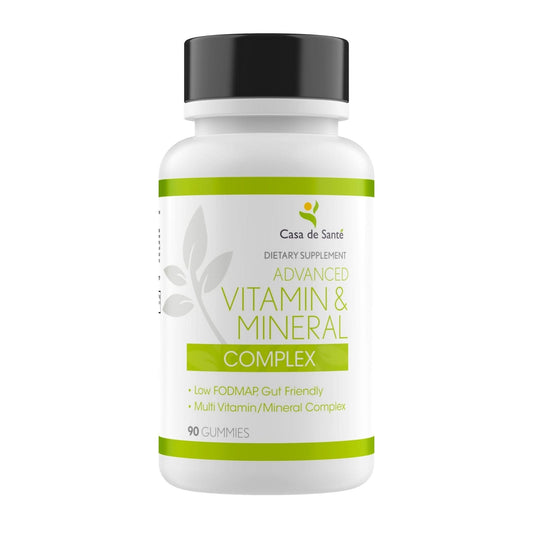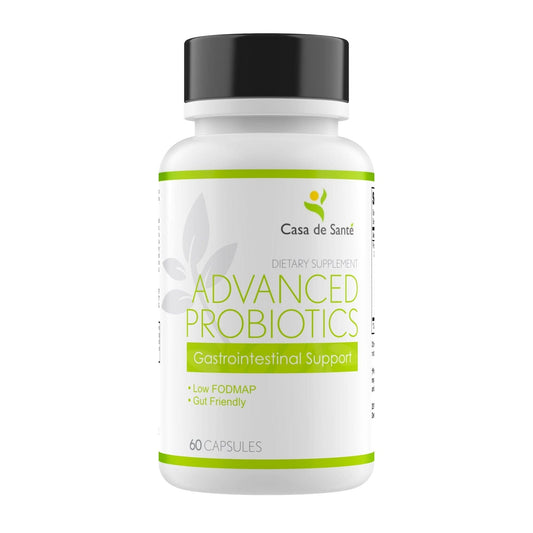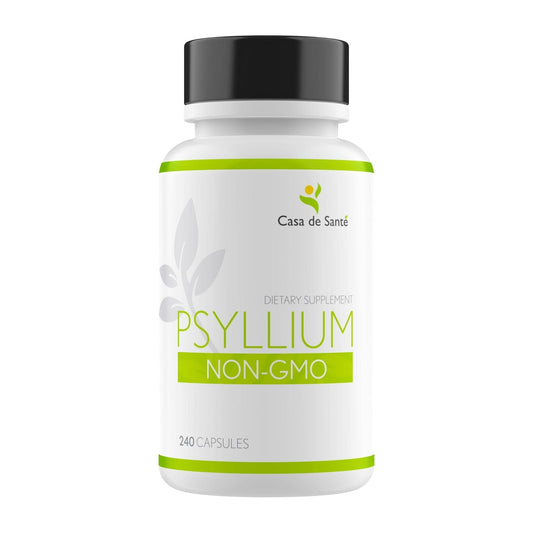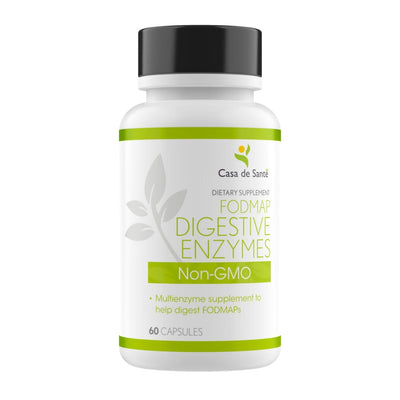Physicians Elemental Diet: Understanding Potential Side Effects
Physicians Elemental Diet: Understanding Potential Side Effects
The Physicians elemental diet has gained significant attention as a therapeutic approach for various digestive disorders. This specialized nutritional formula provides essential nutrients in their most basic, easily digestible form. While many patients experience positive outcomes, understanding the potential side effects is crucial for anyone considering this treatment option. This comprehensive guide explores what you might expect when starting an elemental diet, how to manage common side effects, and when to consider complementary approaches for digestive support.
What Is the Physicians Elemental Diet?
The Physicians Elemental Diet is a medical nutrition therapy consisting of pre-digested nutrients in liquid form. It contains essential amino acids, carbohydrates, fats, vitamins, and minerals in their simplest forms, requiring minimal digestive effort. This approach essentially gives the digestive system a rest while still providing complete nutrition.
Healthcare providers typically prescribe elemental diets for conditions like Small Intestinal Bacterial Overgrowth (SIBO), Inflammatory Bowel Disease (IBD), Crohn's disease, and other digestive disorders where normal food consumption might exacerbate symptoms or when the gut needs time to heal.
How the Elemental Diet Works
The elemental diet works by providing nutrition that requires minimal digestion. Proteins are broken down into individual amino acids, carbohydrates into simple sugars, and fats into medium-chain triglycerides (MCTs). This pre-digested format allows nutrients to be absorbed in the upper part of the small intestine, reducing the workload on the entire digestive tract and limiting the nutrients available to feed problematic bacteria further down the intestinal tract.
Most protocols involve consuming only the elemental formula for a period ranging from 2-3 weeks, though shorter or longer durations may be prescribed depending on the condition being treated and individual response. During this time, patients consume no other foods or beverages except water and sometimes clear tea.
Common Side Effects of the Elemental Diet
While the elemental diet can be highly effective, it's not without challenges. Understanding potential side effects can help patients prepare and persevere through the treatment period. Here are the most commonly reported side effects:
Digestive Adjustment Symptoms
During the first few days, many patients experience temporary digestive discomfort as the body adjusts to the liquid nutrition. This may include bloating, gas, mild cramping, or changes in bowel movements. These symptoms typically resolve within 3-5 days as the body adapts to the new nutritional format.
Some individuals also report a temporary increase in acid reflux symptoms when starting the diet. This can often be managed by consuming smaller portions more frequently rather than larger amounts at traditional mealtimes.
Taste and Psychological Challenges
Perhaps one of the most significant challenges is the taste of elemental formulas, which many find unpalatable. The formulas typically have a strong, medicinal flavor that can be difficult to tolerate for extended periods. This can lead to decreased compliance with the diet.
Additionally, the psychological impact of not eating solid food shouldn't be underestimated. Many patients report missing the social aspects of eating, the satisfaction of chewing, and the variety of flavors and textures in regular food. Some experience increased food cravings or feelings of deprivation, which can make adherence challenging.
Physical Side Effects
Fatigue and weakness are commonly reported, especially in the first week. This may be due to caloric adjustment, as some patients don't consume enough of the formula to meet their energy needs. Headaches can also occur, often related to caffeine withdrawal for regular coffee or tea drinkers.
Some patients experience mild dehydration despite the liquid nature of the diet, as they may not supplement with enough additional water. Weight loss is common and may be desirable for some patients but concerning for those who are already underweight.
Managing Side Effects Effectively
Successfully completing an elemental diet often depends on how well side effects are managed. Here are strategies that can help mitigate common issues:
Improving Palatability
While options for flavoring are limited to avoid interfering with the therapeutic benefits, some approaches can make the formula more tolerable. Serving the formula very cold can help mask the flavor. Some physicians allow the addition of a small amount of approved flavoring like vanilla extract, or blending with ice to create a more shake-like consistency.
Dividing the daily amount into smaller, more frequent servings can also make consumption more manageable than trying to drink larger amounts three times a day. Using a straw can help bypass some taste buds when drinking.
Supporting Energy Levels
Ensuring adequate caloric intake is crucial for maintaining energy levels. Many patients underestimate how much formula they need to consume to meet their energy requirements. Working with a healthcare provider to calculate appropriate amounts can prevent unnecessary fatigue.
Gentle activities like walking or light stretching can help maintain energy levels without overtaxing the body. Adequate rest is also important, as the body is undergoing significant changes during this therapeutic intervention.
Transitioning Back to Regular Foods
The end of an elemental diet marks the beginning of another critical phase: reintroducing regular foods. This transition period requires careful planning to maintain improvements and identify potential trigger foods.
Gradual Reintroduction Protocol
Most physicians recommend a slow, methodical approach to reintroducing foods after completing an elemental diet. This typically begins with easily digestible, low-FODMAP foods like clear broths, well-cooked vegetables, and simple proteins. Foods are added one at a time, with several days between new additions to monitor for reactions.
This careful reintroduction serves two purposes: it prevents overwhelming the digestive system after its period of rest, and it helps identify specific foods that may trigger symptoms, providing valuable information for long-term dietary management.
Digestive Support During Transition
The transition period is an ideal time to incorporate digestive supports that can ease the return to solid foods. High-quality digestive enzyme supplements, like Casa de Sante's low FODMAP certified digestive enzymes, can play a crucial role during this phase. These professional-grade enzyme complexes contain a comprehensive blend of 18 targeted enzymes designed to support optimal digestion and nutrient absorption, making them particularly valuable for sensitive digestive systems adjusting after an elemental diet.
The dual protease complex, along with bromelain and papain in these enzyme formulations, provides comprehensive protein support, while amylase and alpha-galactosidase help optimize carbohydrate digestion—particularly important for FODMAP-sensitive individuals transitioning back to a broader diet. Taking 1-2 capsules at the beginning of each meal can help reduce the occasional bloating and discomfort that might occur as the digestive system readjusts to processing whole foods.
When to Seek Additional Support
While side effects of the elemental diet are typically manageable, there are situations that warrant contacting your healthcare provider promptly.
Warning Signs
Severe symptoms that should prompt immediate medical attention include persistent vomiting, severe abdominal pain, signs of dehydration (extreme thirst, dark urine, dizziness), significant weakness, or fainting. These could indicate complications that require medical intervention.
Additionally, if you're experiencing extreme hunger despite consuming the recommended amount of formula, or if weight loss exceeds what your healthcare provider anticipated, these situations should be discussed with your medical team to ensure your nutritional needs are being met appropriately.
Complementary Approaches
For those struggling with the elemental diet or experiencing persistent side effects, complementary approaches might be worth discussing with your healthcare provider. Some practitioners recommend partial elemental diets, where the formula provides the majority of nutrition but limited whole foods are allowed. Others may suggest incorporating digestive supports like Casa de Sante's enzyme complex alongside the elemental formula to help manage symptoms.
These professional-strength enzyme blends can be particularly helpful during the transition phase, as they support protein, carbohydrate, and fat digestion while helping to break down difficult-to-digest foods. The comprehensive formulation includes enzymes like lactase for dairy support and alpha-galactosidase for FODMAP support, making them ideal for sensitive digestive systems.
Conclusion
The Physicians Elemental Diet can be a powerful therapeutic tool for many digestive conditions, but success often depends on proper preparation and management of side effects. Understanding what to expect, implementing strategies to improve tolerance, and having a clear plan for transitioning back to regular foods can significantly improve outcomes.
For many patients, incorporating digestive supports like high-quality enzyme supplements during the transition phase and beyond can help maintain the benefits achieved during the elemental diet. With proper medical supervision and a thoughtful approach to managing side effects, the elemental diet can provide valuable relief and be an important step in the journey toward improved digestive health.



